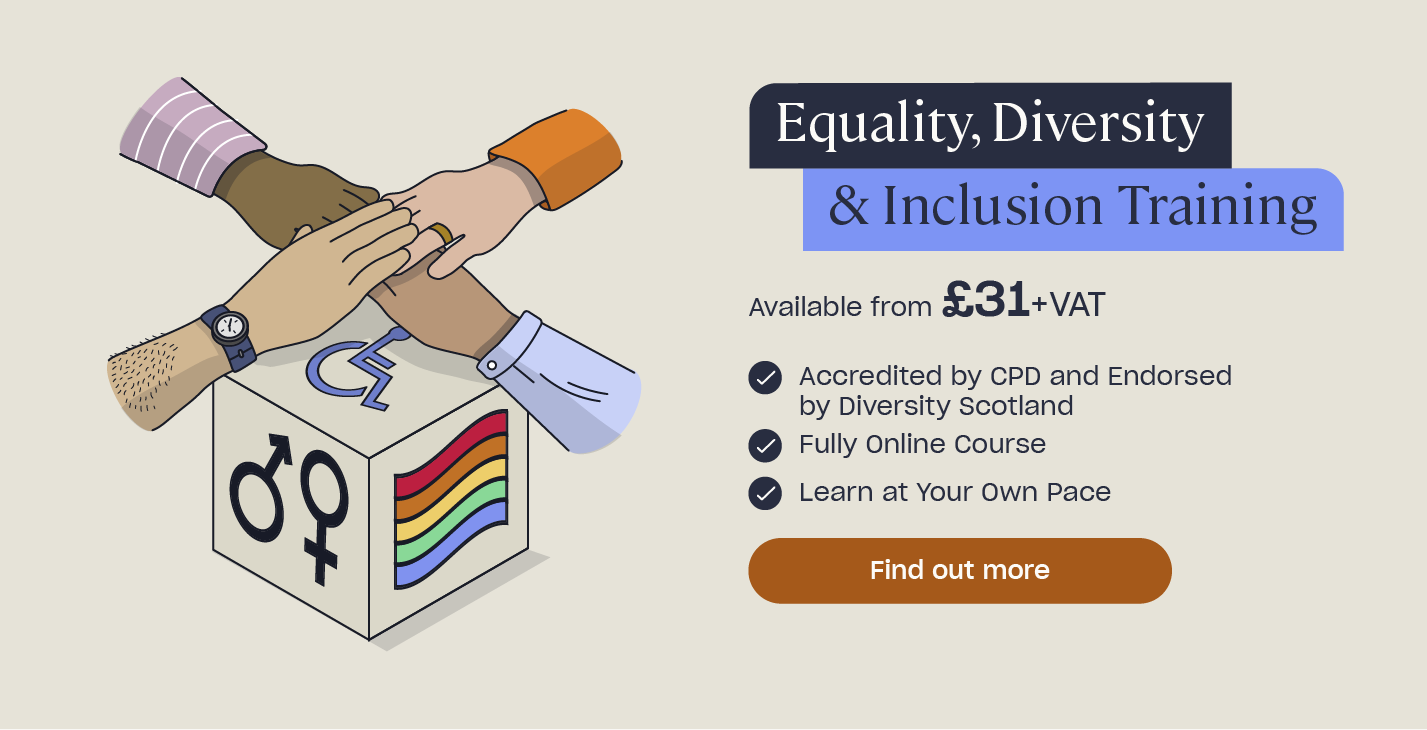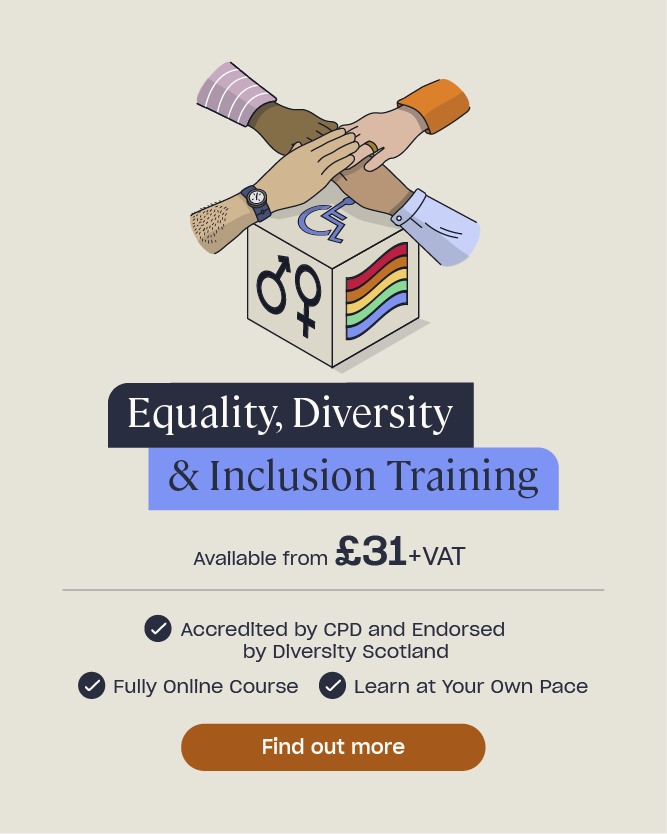The UK History of LGBTQ+: A Timeline of Important Events
The rights of LGBTQ+ people in Britain have come a long way in the last hundred years, but they didn’t come easy. It took the sacrifices of so many people who stood up for theirs and others’ freedom to simply be who they are.
We’ve gone from homosexuality being punishable by imprisonment or death, banned from being taught in schools, and diagnosed as a mental illness, to being celebrated in Pride parades and given equal marriage and adoption rights. Meanwhile, trans people finally have the right to legally change their identity and have started to be celebrated in their own dedicated Pride events.
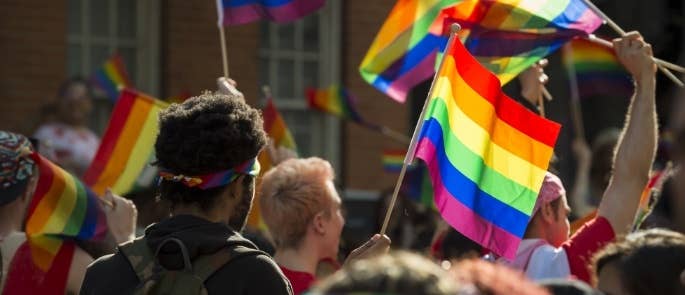
Whether you’re a friend, relative, colleague, or someone who works directly with LGBTQ+ people (including social or medical workers), it’s important to recognise how hard LGBTQ+ people and their allies have fought to get where they are today, as well as how hard they continuously work. Despite great strides forward in equality, LGBT oppression is still widespread.
Knowing about LGBT history will give you a better awareness of why LGBTQ+ people need their voices heard and the support of everyone around them. It’ll help you understand why and how we should all help to make the world a more inclusive, accepting place. You can also find out how equality and diversity can benefit your workplace, here.
A History of the LGBTQ+ Movement
People who identify as LGBTQ+ (lesbian, gay, bisexual, trans, queer, and other sexuality and gender identities) have struggled with oppression for centuries. In fact, one infamous anti-homosexuality law was created during the reign of Henry VIII in the 1500s, known as the ‘Buggery Act’.
The Act outlawed homosexuality in Britain, making it punishable by death. After 200 years, the death penalty was abolished, though this was only a minor improvement: it was replaced by a minimum 10 years of imprisonment. Fortunately, the last legal executions were in 1835, but homosexuality wasn’t decriminalised until as recently as 1967 – and this was only partially. Likewise, it wasn’t until a few decades ago that it was no longer treated as a mental illness.
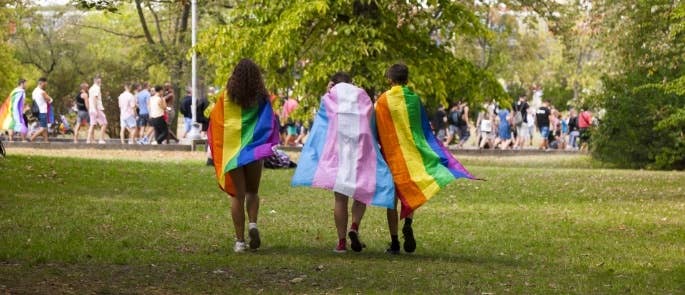
It’s been an uphill battle for LGBTQ+ rights over the last century. However, despite extreme oppression and discrimination, hundreds of thousands of LGBT historical figures have pushed hard for their and others’ freedom. Several important events in LGBT history have made slow but sure progress towards a better future.
Have a look at the following LGBTQ+ history facts and timeline:
1951: The first known case of sex reassignment surgery. Roberta Cowell, a trans woman, underwent reassignment surgery. She was assigned male at birth, but later had her sex legally changed to female and underwent vaginoplasty surgery.
1964: The formation of the North Western Homosexual Law Reform Committee (NWHLRC). This group worked to promote legal and social equality for lesbian, gay, and bisexual people. It is now known as the Campaign for Homosexual Equality.
1966: The formation of the Beaumont Society. This trans-support group aimed to provide better information and awareness about transgender people and act as a self-help and social organisation for them.
1967: The Sexual Offences Act decriminalises sex between two men over 21 ‘in private’. However, homosexuality was still widely discriminated and the Act still lead to arrests, as certain conditions were still considered illegal.
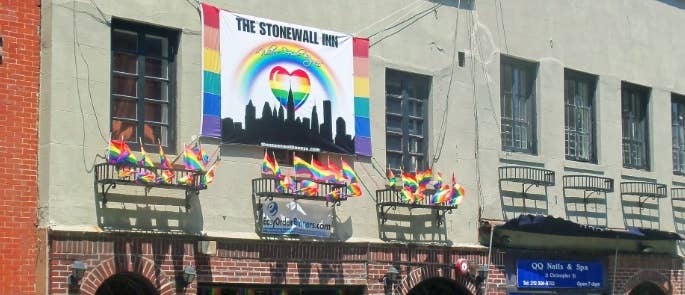
1969: The Stonewall riots occurred. This was one of the most significant events in LGBT history. Riots by LGBTQ+ people were sparked after police raided the Stonewall Inn (now a National Historic Landmark), a famous gay bar in New York City. Activists groups, including the Gay Liberation Front (GLF) formed as a result and the Stonewall riots are now remembered as one of the most important catalysts for modern LGBT movements worldwide.
1970: The establishment of the London Gay Liberation Front. This freedom movement was formed after seeing the effects of GLF in the US. They sought to take their own actions for LGBTQ+ rights.
1972: The GLF host the first London Pride event on the anniversary of the Stonewall riots. Around 2000 people attended. Pride events now see millions of attendees marching to celebrate the LGBTQ+ community around the world.
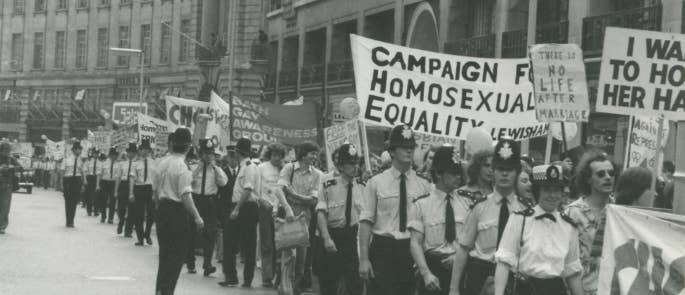
1978: Gilbert Baker, artist and gay rights activist, designs the Pride flag. It originally had eight colours, but two were dropped to make mass-production easier. It is now a widely-recognised symbol of LGBTQ+.
1979: The Harry Benjamin International Gender Dysphoria Association is founded. The group’s aim was effective understanding and treatment of gender dysphoria. It is now known as the World Professional Association for Transgender Health, which “strives to promote a high quality of care for transsexual, transgender, and gender-nonconforming individuals internationally.”
1985: Men who have sex with men (MSM) banned from donating blood. A lifetime ban was enacted due to fears amid the HIV/AIDS crisis of the ‘80s. The ban was not lifted until 2011.
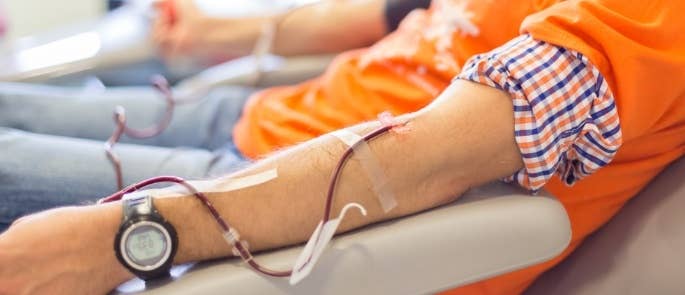
1988: The introduction of Section 28 of the Local Government Act. This was a major step backwards for the promotion of LGBTQ+ rights and awareness, triggering a huge uproar and renewed momentum in LGBTQ+ activism. The Section stated that local authorities “shall not intentionally promote homosexuality or publish material with the intention of promoting homosexuality” or “promote the teaching in any maintained school of the acceptability of homosexuality as a pretended family relationship”.
1988: The formation of Stonewall UK, which is now the largest LGBT organisation in Europe. It was founded by Sir Ian McKellen, Lisa Power MBE, and Lord Cashman CBE in response to Section 28 and to campaign for LGBT rights.
1990: LGBT rights group OutRage. In response to the murder of five gay men, a candlelit vigil was held in London and the group OutRage was created as a result. They campaigned against police mistreatment of LGBT people, as well as for other political actions.
1992: The World Health Organisation declassifies homosexuality as a mental illness. This was a huge step forward, as LGBTQ+ people had previously received controversial and often detrimental treatments to try and ‘cure’ their sexuality.
1994: The age of consent for same-sex relations between men is lowered to 18. It wasn’t until 2001 that it was lowered to 16 to be equal to the heterosexual age of consent.
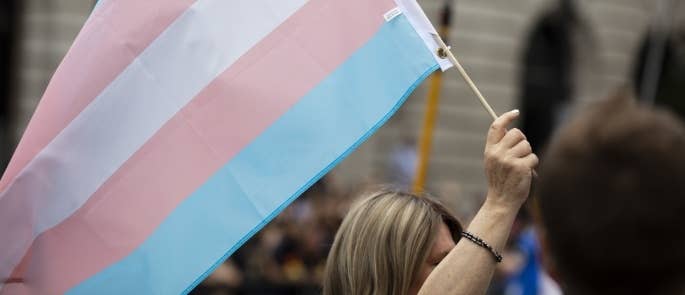
2000-2010: The new millennium and its first decade saw huge steps forward for LGBTQ+ rights. In the year 2000, the ban on lesbian, gay, and bisexual people serving in the army was lifted by UK Government. In 2002, same sex couples in the UK received equal rights for adoption as straight couples. Section 28 was repealed in 2003 in England, Wales, and Northern Ireland. In 2004, the Gender Recognition Act passed, which allows transgender people to fully and legally identify with their chosen gender, as well as acquire a new birth certificate.
2011: The lifetime ban on MSM from donating blood is lifted in the UK (excluding Northern Ireland until 2016). However, a 1-year ban was put in place instead, meaning they could not donate blood if they had been sexually active in the last 12 months.
2013: Stonewall UK launches ‘Gay. Let’s get over it’ campaign in schools. Its aim is to address homophobic language and homophobia as a whole.
2013: The first Trans Pride event happens in Brighton. Around 450 people took part and it was said to be the first of its kind in Europe. London’s first Trans Pride march occurred in 2019 and saw more than 1,500 attendees.
2014: The Marriage (Same-Sex Couples) Act comes into effect in England and Wales, finally making same-sex marriage legal. Scotland followed suit later in the same year.
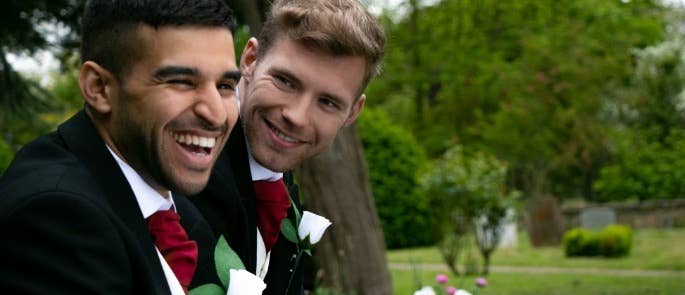
2017: The Children and Social Work Bill is amended, making relationships and sex education (RSE) mandatory in all schools in England and Wales as of 2019.
2017: The 1-year ban on MSM for donating blood is changed to 3 months. Northern Ireland still has the 1-year ban in place.
2019: The World Health Organisation declassifies transgender health issues as a mental illness. Graeme Reid (LGBT rights director at Human Rights Watch) said the changes would have a “liberating effect on transgender people worldwide”.
Same-sex marriage legalised in Northern Ireland. The first marriage ceremony occurred on 11th February 2020.
As you can see, there have been so many important events in the timeline of LGBT history that were turning points for greater equality and freedom. Same-sex relationships are finally legally permitted and their rights as couples to marriage and adoption are finally equal to their straight counterparts. Health organisations no longer stigmatise homosexuality or transgender issues with dated definitions, and Pride events across the country give LGBTQ+ people a place to feel included, heard, and valued.
Discrimination is still very much prevalent in society, so awareness groups and political movements continue to be a voice for those who struggle. You don’t have to be part of an LGBT movement to fight oppression, though. Your awareness of what LGBTQ+ people have gone through and continue to experience and being supportive of LGBTQ+ rights is one of the most effective ways to help make LGBT oppression history.
What to Read Next:
- LGBT Awareness Quiz
- How to Promote LGBTQ+ Inclusive Education in Schools
- LGBTQ+ Awareness Training
- Why Your Business Needs an Intersectional Approach to Discrimination
- Supporting Transgender Students in School: Guidance for Teachers
- Equality and Diversity Training


